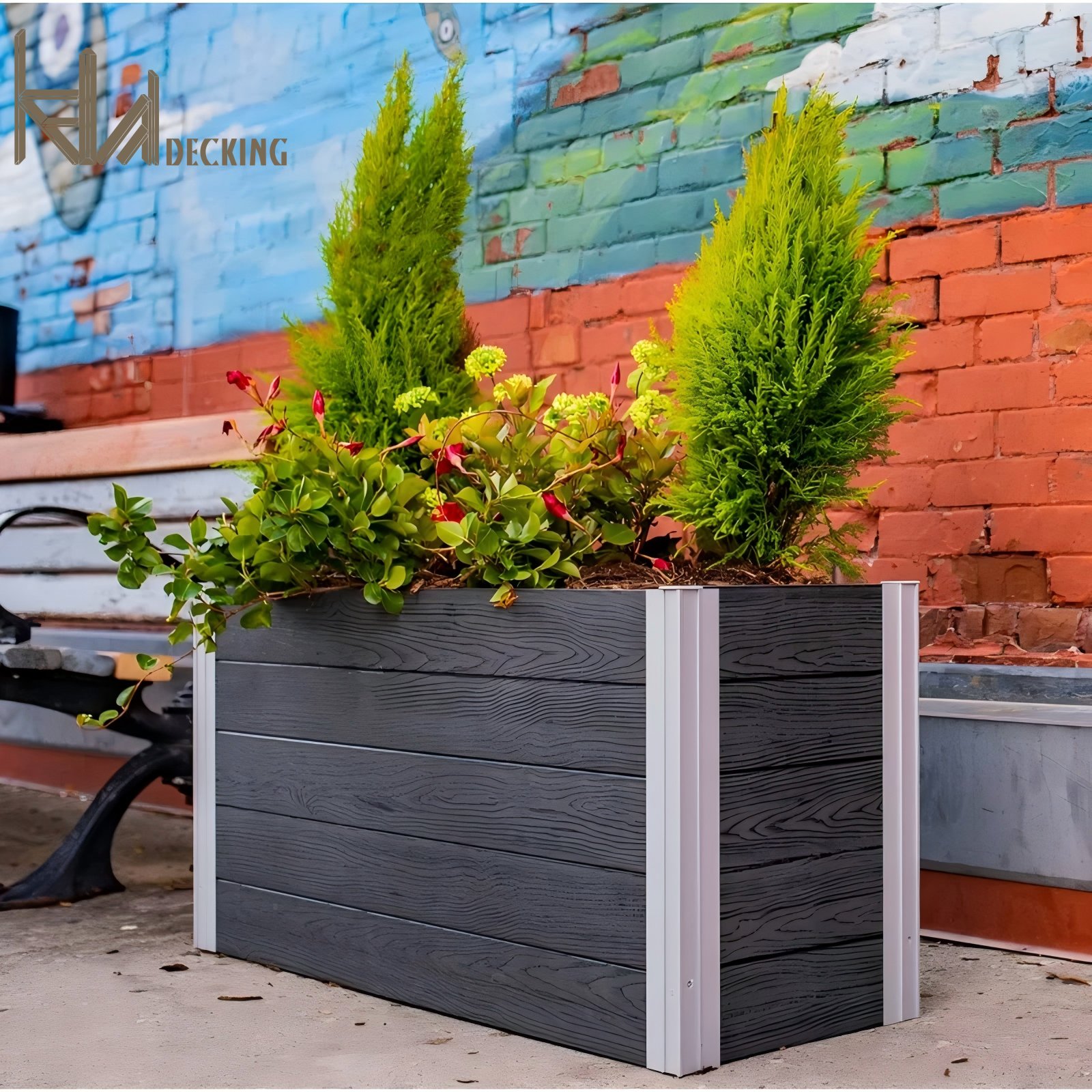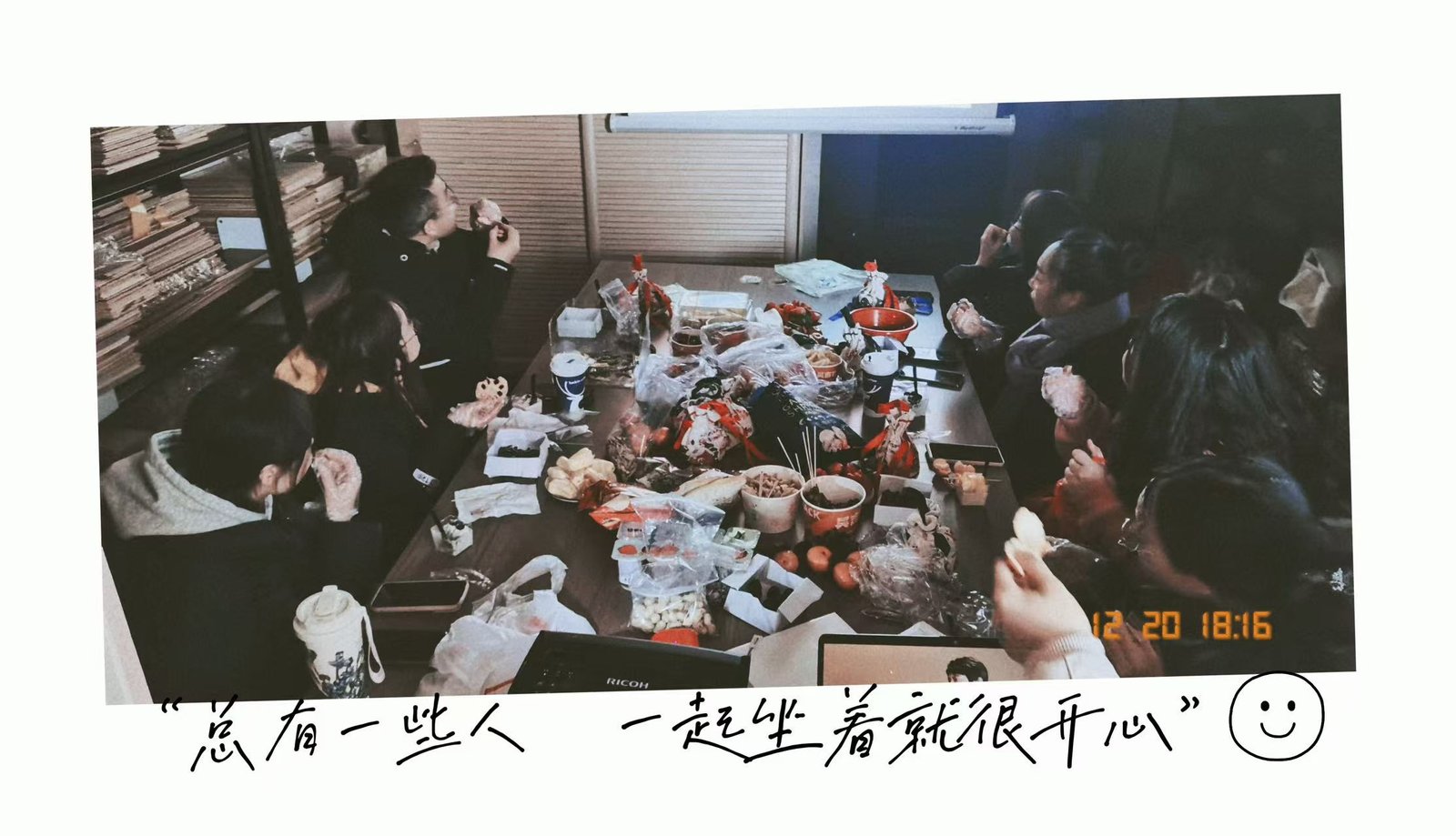There are two generations of composite decking from KELAI decking.
First-generation composite decking: manufactured from recycled wood fibers and HDPE plastics at its core.

Second-generation composite decking: produced with shielded or capped technology surface texture.

The out shield technology ensures that all second-generation composite decking boards are able to retain their color from the original purchase,
which is also resistant to staining, fading, molding, and mildew.
The only difference between first-generation decking and second-generation decking is the outer shield.
The material of the core layer for second-generation decking is the same as first-generation decking.
Our traditional WPC decking has continually evolved during its more than 30-year life span.
In the early 2000’s a light wood grain finish was introduced called normal embossing,
and then further evolved in 2012 to a deep wood grain finish called 3D embossing that is surface treated, brushed, and sanded to provide a cleaner and more authentic wood appearance.

Second Generation Decking is proud to announce the next generation of WPC decking created in this series for 2018.
The new and exclusive natural collection range from Capped Decking takes the beauty and authentic wood look to a whole new level.

The new design of co-extrusion decking will bring you a new looking on the plastic finish. But the cost for co-extrusion is higher as well. It is about 30% higher than that of first-generation WPC decking. Also, the size for co-extrusion decking will be fixed in certain sizes. For our sizes available you can visit our website www.kelaidecking.com.




